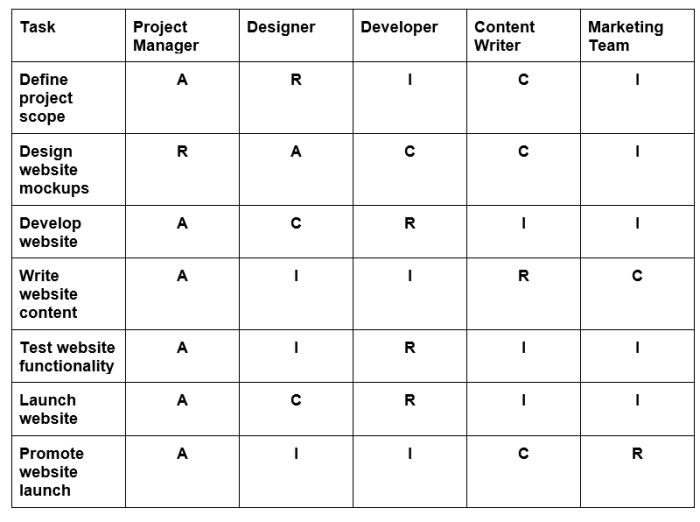Control Based Processes
April 3, 2025
 Control Based Processes
Control Based Processes
To function efficiently any organization has to achieve “homeostasis”. This word is used to describe the state of affairs wherein an organization adapts to its environment and continues its normal operational activities. At a human level, our ability to adapt to hot or cold weather and continue living is an example of “homeostasis”. At an…
 Complexity Created by Technology Needs to be Managed
Complexity Created by Technology Needs to be Managed
Incompatibility Creates Problems Developments in IT have created more problems than solutions because of the “incompatibility” among the various parts of the supply chain. Information becomes knowledge only when the means to process it is in place and the process does not “distort” the message. Like garbled voices coming over crackling phones in yesteryears, unless…
 Components of a Process
Components of a Process
Events: Events are the conditions which must exist for the process to be performed. It is something that happens as opposed to something that is done on purpose. It can think of as the effect which occurs after sufficient cause is provided. Each process starts and ends with an event. Tasks: A task is the…
A RACI matrix is a very important tool that can help in the implementation and correct functioning of a process.
The RACI matrix is mostly used to align the human elements in the process.
Usually there are many different people involved in any process and they have differing responsibilities.
When working in teams, ambiguity about roles and responsibilities can cause frustration, slow down projects, and lead to poor outcomes. That’s why it is so important to have a project management strategy that clearly defines roles and responsibilities for a project team.
The RACI Matrix is a project management tool that defines roles and responsibilities for every task involved in a project.
RACI stands for the four types of roles that a team member might be assigned:
They are the ‘doers’ of the task, responsible for completing it within the project’s timeline.
These are the people who will do the thinking and suggest any deviations from the Standard Operating Procedure (SOP).
This may be a manager trying to control the execution of the task at hand. Also this could be an input signal to the other process.
A RACI Matrix is set up as a grid with tasks listed on one side and team members listed on the other. Establishing this matrix, sharing it with the team, and referring back to it frequently is a great way to prevent overlap, confusion, and missed targets.
Here’s an example of what a RACI Matrix grid for a website design could look like:

Having more than one person responsible for the same task increases ambiguity and the chances of the work not being performed. It could also lead to duplication of work and wastage of efforts and costs.
Having more than one accountable person again leads to the same problem. However, having only one person accountable also leads to a problem. If the assigned person is incompetent, the whole process may go for a toss. It is for this reason that there is often a hierarchy of accountable people in place.
The important aspect is that the communication should be two-way. Hence one has to ensure that adequate follow-up is done and there is minimum time lag to complete the communication.
By establishing clear roles and responsibilities for every task of a project, teams can smoothly collaborate and meet customers’ expectations. The matrix helps teams operate more efficiently by avoiding overlap and confusion about task responsibilities.
Your email address will not be published. Required fields are marked *